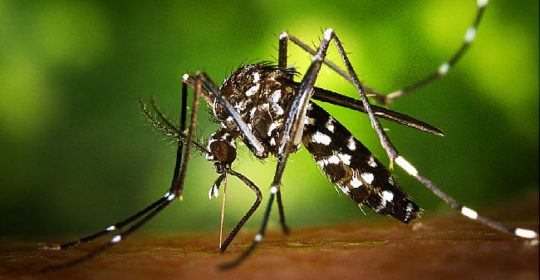
Zika shrinks mice testicles and lowers fertility
The Zika virus reduces the size of testes in infected mice up to 21 days after infection, according to a recent study.
Researchers led by Professor Erol Fikrig at the Yale University School of Medicine, USA, found that Zika virus levels peaked in the bloodstream of infected male mice five days post-infection and persisted till day nine. After three weeks, the researchers observed significantly reduced size of testes in these mice compared to control mice, but the virus was not detectable in the bloodstream at all.
‘These results suggest that infection can cause reproductive deficiency in males,’ commented Ryuta Uraki, the first author of the study, published in Science Advances. It also provides evidence for sexual transmission of the virus in addition to the previously reported vector-borne and maternal-to-fetal transmission, as manifested by birth defects, such as microcephaly.
This study used an American-derived Zika virus strain isolated in 2016. At five days post-infection the virus was also found in the brain and also the testes, specifically in the Leydig cells. Yet the largest amounts of virus were detected in the lumen of the epididymal duct, where sperm is stored prior to ejaculation, and some virus was additionally detected in epithelial cells lining this duct. Testosterone levels were also significantly lower in the infected mice.
Previously published research demonstrating the effects of Zika on fertility of male mice used a murine-adjusted strain, which was shown to predominantly infect Sertoli cells, which nurse sperm precursor cells.
The mice used in this study also differed; they had been genetically engineered not to express the interferon receptor, which controls the immune response to small pathogens such as viruses. On the contrary, in the previous study this receptor was blocked using an antibody to prevent the immune response and allow Zika virus infection.
These discrepancies suggest that different Zika strains may target different testicular cell types, thus disease mechanisms leading to infertility in these mice are not the same. However, findings from mouse models should be treated with caution because Zika does not naturally infect mice, and the different methods used for blocking the interferon response might also affect study outcomes.
Still, both Zika strains ultimately caused decreased testicular size and reduced male fertility in both mouse models, thus strengthening the hypothesis that other species, including human, may be similarly affected.
‘If these findings hold in humans, the long-term consequences could include diminished fertility in males who were infected with Zika,’ Dr Amesh Adalja, a researcher at the Johns Hopkins Center for Health Security in Baltimore, who was not involved in the study, told Health Day News.
The next question that the researchers aim to answer in future studies is whether the testicular atrophy that they observed can be reversed.


